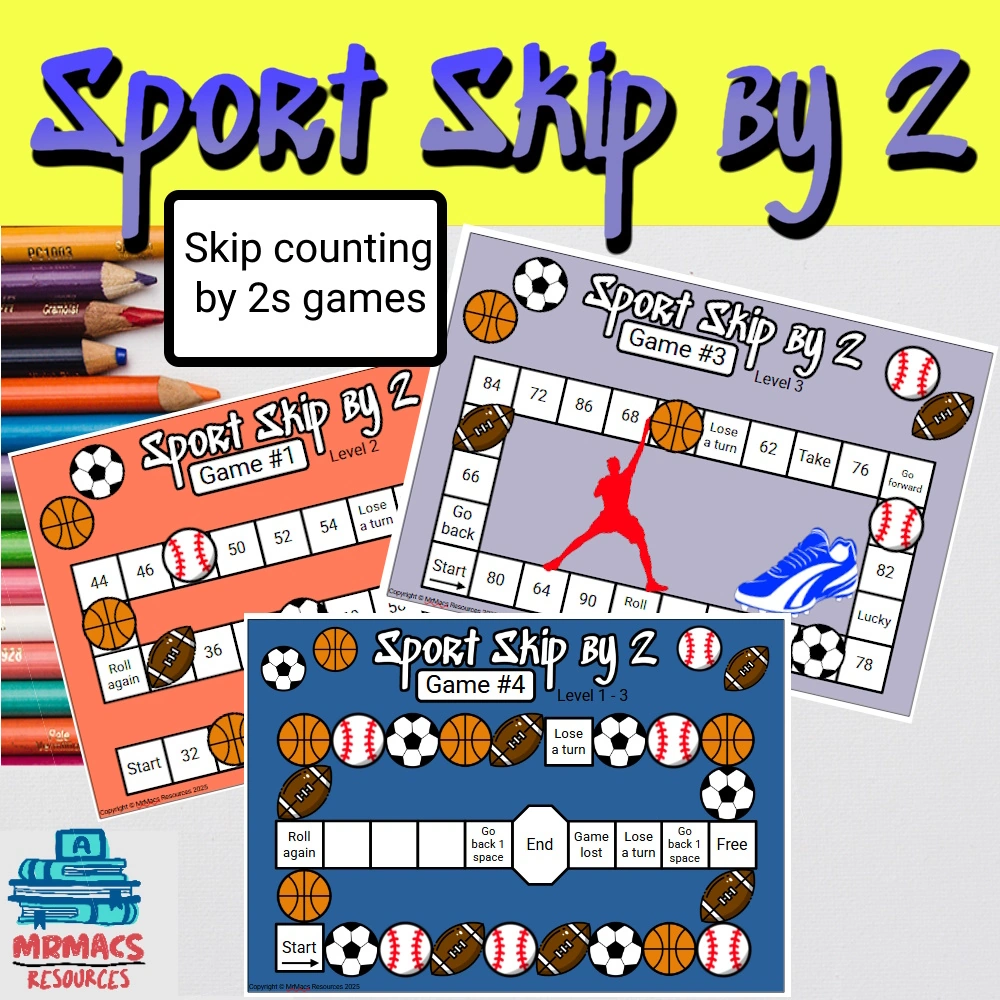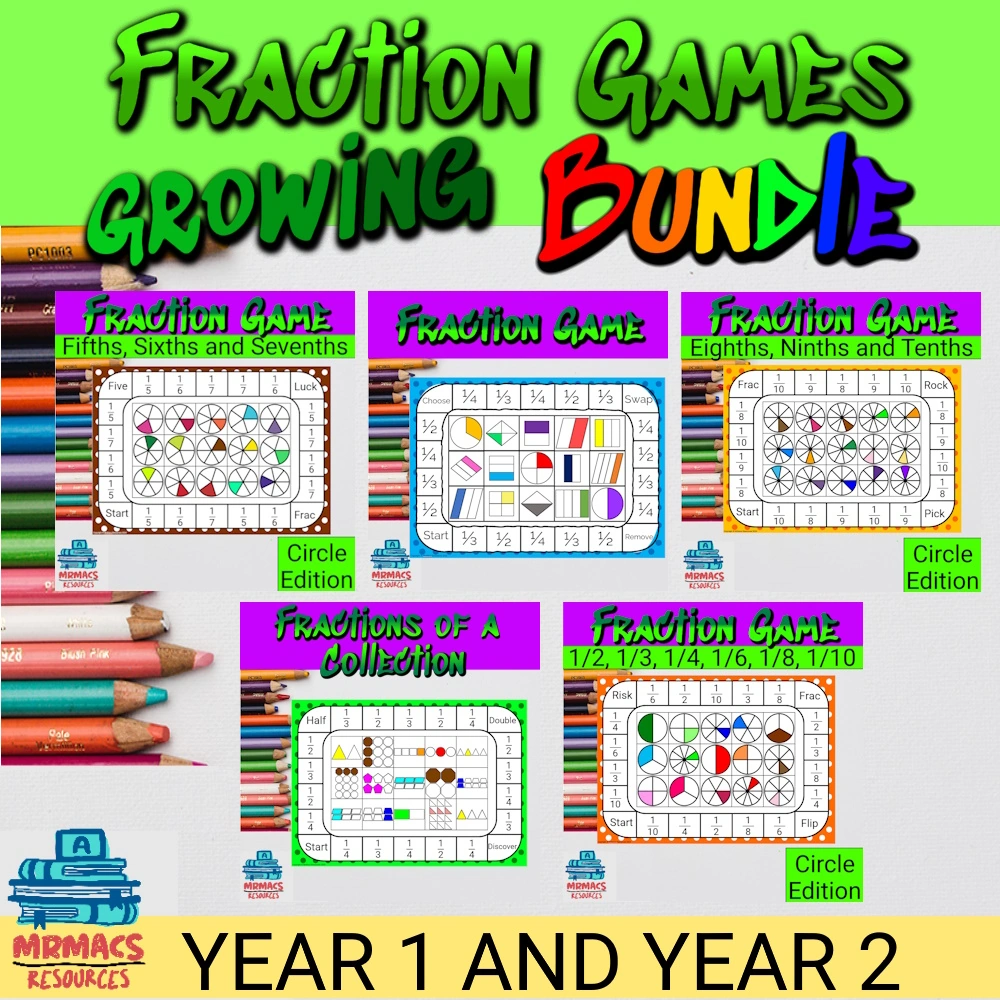
If you are looking for a way to make learning more active and meaningful, inquiry-based learning offers a proven approach. Like project based learning Inquiry-based learning puts students at the centre of discovering answers, encouraging them to ask questions and explore ideas in depth. Instead of just listening or memorising facts, students work through problems, investigate topics, and learn by doing.
This method helps you think more deeply and connect learning to your everyday life. It can make lessons more interesting and help you remember what you learn for longer. Moreover, by being curious and guided by your own questions, you get more involved in your learning journey.
Understanding The Power of Inquiry-Based Learning
Inquiry-based learning (IBL) gives you tools to take charge of your learning through asking questions and seeking answers. This approach leads to more active thinking and helps you develop skills you can use across different subjects.
Definition and Core Principles
Inquiry-based learning is a way of teaching where your questions and ideas are important. In IBL, you work closely with your teacher, who guides you but doesn’t give you all the answers straight away. Instead, you explore ideas, look for information, and use what you discover to help you understand new things.
The main principles of IBL are:
- Your curiosity drives learning
- You explore real problems
- You work with others to find solutions
- Mistakes are part of learning
Moreover, this method encourages you to be an active thinker and to build skills such as asking good questions, doing research, and making sense of what you’ve found.
Inquiry-Based Learning Models and the Inquiry Cycle
In brief, inquiry learning uses different models to structure your thinking. One common approach is the inquiry cycle. The cycle usually includes several steps:
Step | Purpose |
Asking Questions | Find out what you want to learn |
Investigating | Gather information and evidence |
Making Sense | Analyse findings |
Explaining | Share and discuss your ideas |
Reflecting | Think about what you’ve learnt |
What’s more, each step supports you in building knowledge. These models help you break learning into smaller, manageable parts. Ultimately, by following the cycle, you practise looking deeper into topics, checking your own ideas, and learning from feedback.
Inquiry Versus Traditional Teaching
Traditional teaching often means the teacher gives you information and you remember it for tests. In contrast, inquiry-based learning lets you play an active role in the classroom.
Here are some key differences:
- In traditional teaching, you’re usually passive and listening to the teacher.
- In IBL, you help lead your own learning and make choices.
- Traditional methods focus more on set questions and answers.
- Inquiry learning values your questions and your problem-solving efforts.
This gives you more opportunities to practise thinking, discussing ideas, and working in groups. To conclude, in IBL, you show what you know not just by memorising, but by applying and sharing your understanding.
Implementing Effective Inquiry-Based Learning in the Classroom
Inquiry-based learning works best when you match the method to the needs of your students and your subject. Taking time to set clear questions, provide guidance, and support learning can help students think deeply and stay motivated.
Structured, Guided, and Free Inquiry Approaches
Structured inquiry starts with you providing the main question and steps. Students follow clear directions, which can help them get used to thinking in new ways. What’s more, this approach is useful for younger students or those new to inquiry-based learning.
Guided inquiry gives students more responsibility. You pose a big question, often called an essential question, and let students figure out how to find the answer. Teachers give clues or resources if students get stuck. Thus, this helps students build independence and confidence.
Free inquiry lets students choose their own questions and paths. This style works well for mature students who are ready to explore on their own. However, even in free inquiry, some background support is important to help students stay focused.
Approach | Teacher Role | Student Role | Best For |
Structured | Directs steps | Follows instructions | Beginners and new topics |
Guided | Guides, supports | Investigates, explores | Building independence |
Free | Facilitates | Leads own learning | Advanced and independent topics |
Inquiry-Based Learning Strategies for Science and Other Disciplines
In science, inquiry-based teaching often uses real-world experiments, observations, and hands-on investigations. For example; you might start with a provocation, like a surprising demonstration, to spark curiosity. Then you encourage students to ask questions and seek answers through experiments.
In other subjects, such as history or English, you can use inquiry by exploring big ideas, debates, or problems. Students might research different views, make connections, and share their findings. Ultimately, using lists, mind maps, or group discussions helps support their thinking.
No matter the subject, inquiry-based strategies give students a chance to take charge of their learning. Small group work and open-ended activities often keep students engaged and allow for deeper understanding.
Scaffolding and Explicit Teaching Within Inquiry
Support, or scaffolding, is key for successful inquiry. You break complex tasks into smaller steps and provide examples or checklists. In short, this helps students who need extra structure or have less experience.
To add, explicit teaching is still important within inquiry-based lessons. You may teach certain skills directly, like how to ask strong questions or how to record observations. Furthermore, clear instructions at key moments give students the confidence to move forward.
As students gain skills, you lower the level of support to let them work on their own. By changing the level of scaffolding, you help students move from depending on you to being able to investigate and solve problems independently.
Benefits and Impact of Inquiry-Based Learning

Inquiry-based learning gives you an active role in the classroom. It builds your curiosity, helps you work with others, and makes your learning more meaningful.
Motivation and Student Engagement
When you explore topics that matter to you, learning feels more personal. IBL lets you ask questions and search for answers. In fact, this hands-on way of learning increases your motivation to find out more.
You are not just listening; you get involved. Educators, like Kath Murdoch, design lessons that let you solve problems and make choices. Above all, this freedom can make schoolwork feel more exciting and relevant.
In addition, seeing your ideas take shape keeps you interested. You also get to show your learning in different ways, like group projects or presentations.
Critical Thinking and Problem Solving
Inquiry-based learning encourages you to think carefully about information. Instead of only memorising facts, you ask questions, look for patterns, and test your ideas. Likewise, this process makes your thinking skills stronger.
Furthermore, you practise finding, checking, and using information to solve problems. As you investigate, you learn how to make sense of data and come to reasoned conclusions.
Educators guide you but do not give all the answers. This helps you grow into a better thinker and problem-solver, not just in class but in everyday life.
Collaboration and Student Agency
Working together is a key part of IBL. You join classmates in discussing, sharing, and asking questions about different topics.
Team projects and group tasks show you how to listen and build on other’s ideas. You get to think about what makes a good group member and practice those skills.
Evidently, you also have agency, meaning more control over your learning choices. You help plan what to learn, investigate your own questions, and decide how to show what you know. This gives you more confidence when you take part in your learning experiences.
Conclusion
In conclusion, inquiry-based learning stands out as a transformative approach that not only increases student engagement but also cultivates essential critical thinking skills.
Moreover, by encouraging curiosity and allowing learners to take ownership of their educational journey, this method fosters a deeper and more meaningful connection to the subject matter. As a result, students become more motivated, reflective, and capable of applying their knowledge beyond the classroom.
Ultimately, when teachers shift from simply delivering content to facilitating exploration, they empower students to become lifelong learners.
Therefore, integrating IBL into everyday instruction is not just a strategy—it is a powerful step toward shaping thoughtful, independent, and innovative thinkers.
What are your thoughts on incorporating inquiry-based learning into the classroom—have you seen its impact firsthand?
About The Author

Hi! My name is Mr Mac. I am a K – 6 teacher. I love to create resources for teachers to make their teaching lives easier.



